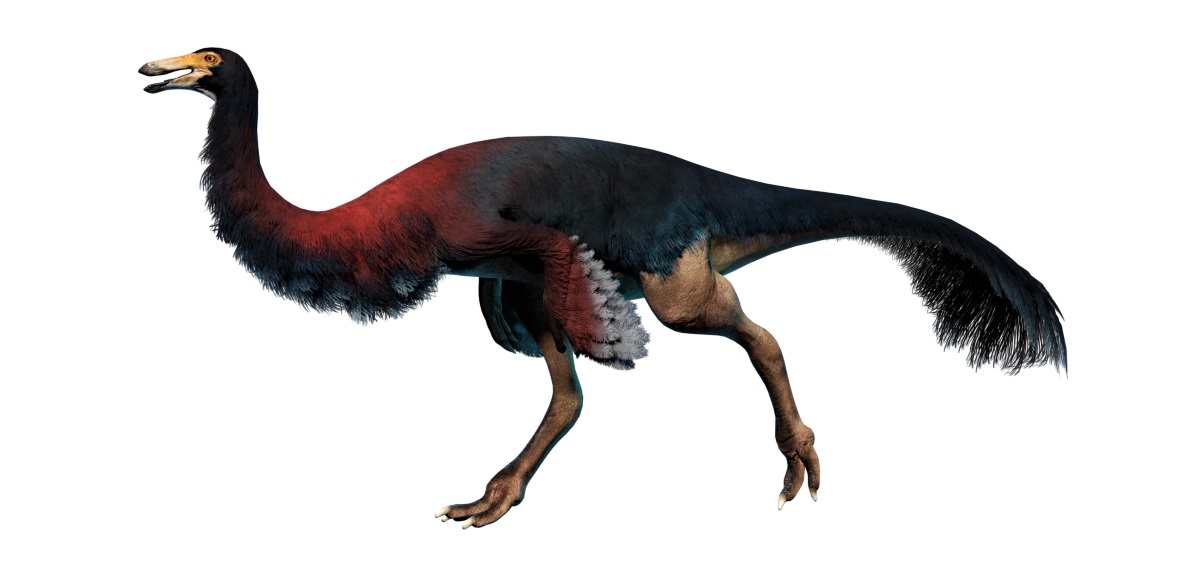
Gallimimus is a fascinating dinosaur that has captured the imagination of paleontologists and dinosaur enthusiasts alike. This dinosaur belongs to the theropod group of dinosaurs and lived during the Late Cretaceous period, around 70 million years ago. With its unique features and interesting behaviors, Gallimimus offers a wealth of facts that highlight its significance in the dinosaur kingdom. From its distinctive appearance and size to its social behavior and feeding habits, there is so much to learn about this incredible creature. In this article, we will explore 11 fascinating facts about Gallimimus, shedding light on its intriguing characteristics and its place in the ancient world. So, let’s dive in and uncover the secrets of this remarkable dinosaur!
Key Takeaways:
- The Gallimimus was a speedy herbivorous dinosaur with a beak-like snout and toothless jaw, living in large herds for protection and navigation.
- With its long legs, large eyes, and powerful sense of smell, the Gallimimus was a fascinating and agile dinosaur that thrived during the Late Cretaceous period.
The Gallimimus was a fast and agile dinosaur.
The Gallimimus, known for its remarkable speed and agility, was one of the fastest dinosaurs to have ever roamed the Earth. Its long, slender legs allowed it to clock speeds of up to 40 miles per hour, making it a formidable predator in its time.
The Gallimimus had a unique feeding adaptation.
Unlike many dinosaurs that used their sharp teeth for tearing flesh, the Gallimimus had a beak-like snout and a toothless jaw. This adaptation suggests that it was an herbivorous dinosaur, and its beak was ideal for plucking vegetation and small plants.
Gallimimus was discovered in Mongolia.
The first Gallimimus fossils were discovered in the Gobi Desert of Mongolia in 1963 by a Polish-Mongolian expedition. Its name, “Gallimimus,” means “chicken mimic” in Latin, reflecting its resemblance to modern-day flightless birds.
Gallimimus was approximately 6 meters long.
This dinosaur was an average-sized theropod, reaching lengths of around 20 feet. It had a slender build, with a lightweight body that aided in its remarkable speed and agility.
Gallimimus belonged to the dinosaur family Ornithomimidae.
The Gallimimus was classified under the family Ornithomimidae, which means “bird mimic.” This family of dinosaurs shared many physical characteristics with modern-day birds, including hollow bones and long limbs.
Gallimimus may have lived in large herds.
Fossil evidence suggests that Gallimimus may have been a social dinosaur and lived in large herds. This behavior likely provided them with protection from predators and allowed them to navigate their environments more effectively.
The neck of the Gallimimus was longer than its body.
The Gallimimus had an elongated neck that was longer than its entire body length. This unique feature allowed it to reach vegetation that was otherwise inaccessible to other dinosaurs.
Gallimimus had large eyes.
Gallimimus had large eyes that were positioned on the sides of its head, giving it a wide field of vision. This was an advantageous adaptation for spotting potential threats or sources of food in its surroundings.
Gallimimus had three-fingered hands.
One of the distinctive features of Gallimimus was its three-fingered hands. These hands were likely used for grasping objects, perhaps for gathering plant material or for reproductive behaviors.
Gallimimus lived during the Late Cretaceous period.
The Gallimimus thrived during the Late Cretaceous period, approximately 75-70 million years ago. It coexisted with other well-known dinosaurs such as Tyrannosaurus rex and Triceratops.
Gallimimus had a powerful sense of smell.
Gallimimus had a keen sense of smell, thanks to its relatively large olfactory bulbs in the brain. This extraordinary sense would have helped it detect food sources or potential mates over long distances.
Conclusion
The Gallimimus is truly a fascinating dinosaur. With its unique characteristics and behavior, it has captured the imagination of researchers and dinosaur enthusiasts alike. From its long, slender body to its remarkable speed, the Gallimimus offers us a glimpse into the diverse world of ancient creatures that once roamed the Earth. Its bird-like appearance and interesting features make it an intriguing subject for scientific study. As we continue to uncover more about this remarkable dinosaur, it is clear that the Gallimimus will continue to play a significant role in our understanding of prehistoric life.
FAQs
1. What does the name “Gallimimus” mean?
The name “Gallimimus” is derived from Latin, with “galli” meaning “rooster” and “mimus” meaning “mimic.” This name refers to the bird-like appearance and behavior of the Gallimimus.
2. How big was the Gallimimus?
The Gallimimus was approximately 20 feet long and stood about 6 feet tall at the hips. It weighed around 1,000 pounds, making it one of the larger members of the ornithomimid family.
3. What did the Gallimimus eat?
The Gallimimus was a herbivore, meaning it primarily fed on plants. It had a specialized beak that allowed it to pluck leaves, berries, and other vegetation. Its teethless jaws suggest that it may have also used gastroliths (stones) to aid in digestion.
4. How fast could the Gallimimus run?
The Gallimimus was known for its incredible speed. It is believed to have been capable of running at speeds of up to 40-50 miles per hour, making it one of the fastest dinosaurs known.
5. Where were Gallimimus fossils discovered?
Gallimimus fossils have been found in the Nemegt Formation of Mongolia. This region is rich in dinosaur remains and has provided valuable insight into the prehistoric world.
Was this page helpful?
Our commitment to delivering trustworthy and engaging content is at the heart of what we do. Each fact on our site is contributed by real users like you, bringing a wealth of diverse insights and information. To ensure the highest standards of accuracy and reliability, our dedicated editors meticulously review each submission. This process guarantees that the facts we share are not only fascinating but also credible. Trust in our commitment to quality and authenticity as you explore and learn with us.
